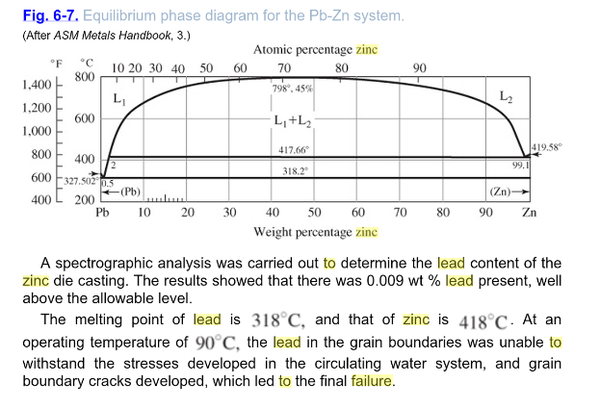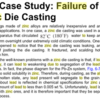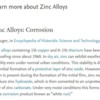I might chime in here a little as I have some past "passive bystander" experience in chinese manufacturing.
A LOT of the production quality issues raised in the above posts arise because of a combination of both the contractor AND the commisioner trying to maximise profits ... a factory in China is no different to a factory anywhere else in the world , except for the fact its workers are not outspoken when short cuts are made , they get the same performance based wage regardless of the quality of what they are engaged in making .
If any Commissioning company wants a specific grade of material used AND PAYS FOR IT then that is what they will get .. the problem is "Mr Lionbachwillmtmp" expects to make a killer profit on its items , and so they make a "$$" decision regarding the options presented to them ... MrChina says " ok we make from top top alloy , but it cost you XXX$ per unit , but we can cast in really crappy alloy for X$ ... so Mr Lionbachwillmtmp says .. "so what you got in XX$ ?" and they shake hands ... Mr Lionbachwillmtmp is betting that enough units wont show problems in the warranty period , and isnt really concerned if they fall apart and swell 15 years later , cos by then he is enjoying life in his cabana in the Bahamas,... its the next MD's problem ... you shoud also remember that the % profit to the manufacturer is miniscule compared to the retailer , so yes if there is not an iron clad specifications agreement , you might not get what you paid for , but that responsibility lies even MORE with the commisioner of the production than the actual manufacturer ... For sure China does some shonky stuff , but they are learning it from the best ...
If you pay top level manufacturing prices that is what you will get ... trouble is most big western companies dont want to pay for it , hiding behind the .. "Its made in China watchoo gonna do ? " rhetoric , and until consumers say "enough" its just gonna keep on happening ... MrChina will get his 5-10$ per item profit, and Mr Lionbachwillmtmp will make their 100$'s+ per item profit for putting it on a shelf ....
( Dons his Flame Resistant Undies and prepares to duck!  )
)


















